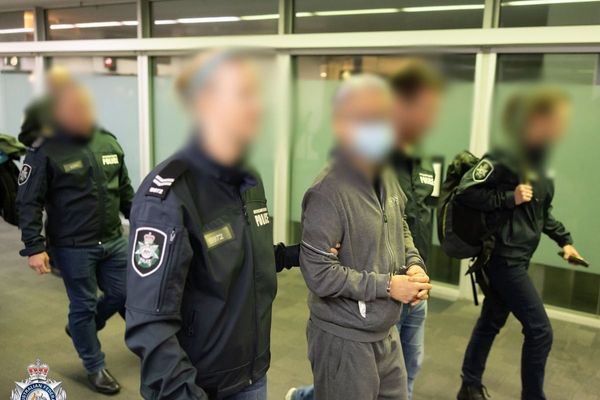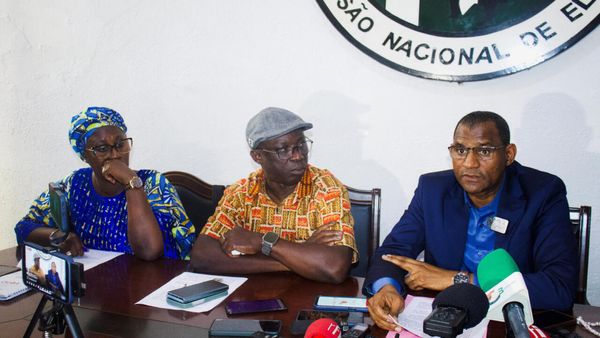
The announcement that a Libyan man suspected in the 1988 bombing of a passenger jet has been taken into US custody has put the spotlight back on the notorious terrorist attack and longstanding efforts to pursue those responsible.
The suspect, Mohammed Abouagela Masud, is accused of building the bomb that destroyed a Pam Am flight over the Scottish town of Lockerbie. The attack killed all 259 people aboard the plane and 11 on the ground. The majority of those killed were Americans.
Thirty-four years later, the public’s memories of the attack have largely faded, despite developments in the case that have intermittently returned it to the headlines.
How did the Lockerbie attack happen?
On 21 December 1988, a bomb planted aboard Pam Am Flight 103 exploded less than half an hour after the jet departed London’s Heathrow airport, bound for New York.
The attack destroyed the jet, which was carrying citizens of 21 countries. Among the victims were 190 Americans. They included 35 students from Syracuse University in upstate New York who were flying home after a semester abroad. To this day, the bombing remains the deadliest terrorist attack ever carried out on British soil.
Investigators soon tied the bombing to Libya, whose government had engaged in long-running hostilities with the US and other western governments. About two years before the attack, Libya was blamed for the bombing of a Berlin disco that killed three, including two US soldiers, and injured dozens of others.
Who was held responsible?
In 1991, the US charged two Libyan intelligence officers with planting the bomb aboard the jet. But the country’s leader, Muammar Gaddafi, refused to turn them over. After long negotiations, Libya agreed in 1999 to surrender them for prosecution by a panel of Scottish judges sitting in the Netherlands.
One of the men, Abdel Baset Ali al-Megrahi, was convicted and given a life sentence. The other, Lamen Khalifa Fhimah, was found not guilty. Scottish officials released Al-Megrahi on humanitarian grounds in 2009 after he was diagnosed with prostate cancer. He died in Libya in 2012.
The families of those killed, meanwhile, brought a lawsuit against the Libyan government, demanding the regime be held accountable. In 2003, Libya agreed to a settlement, formally accepting responsibility for the bombing, renouncing terrorism and paying compensation to the families.
Despite a rapprochement with the US government, the pursuit of others responsible for the bombing largely stalled, until after Gaddafi was ousted from power in 2011.
What led investigators to Masud?
After Gaddafi’s fall, Masud, a longtime explosives expert for the country’s intelligence service, was taken into custody by Libyan law enforcement. In 2017, US officials received a copy of an interview with Masud carried out by Libyan authorities soon after his arrest.
In that interview, US officials said, Masud admitted to building the bomb used in the Pan Am attack and working with the two men charged earlier to plant it on the plane. He said the operation had been ordered by Libyan intelligence and that Gaddafi had thanked him and others after the attack, according to an FBI affidavit.
In late 2020, the US Justice Department announced charges against Masud. With Masud in Libyan custody, though, his prosecution remained largely theoretical. US and Scottish officials pledged to work for his extradition, so that he could be tried.
It was not clear on Sunday how Masud was taken into US custody. He would be the first to appear in an American courtroom for prosecution of the attack.







